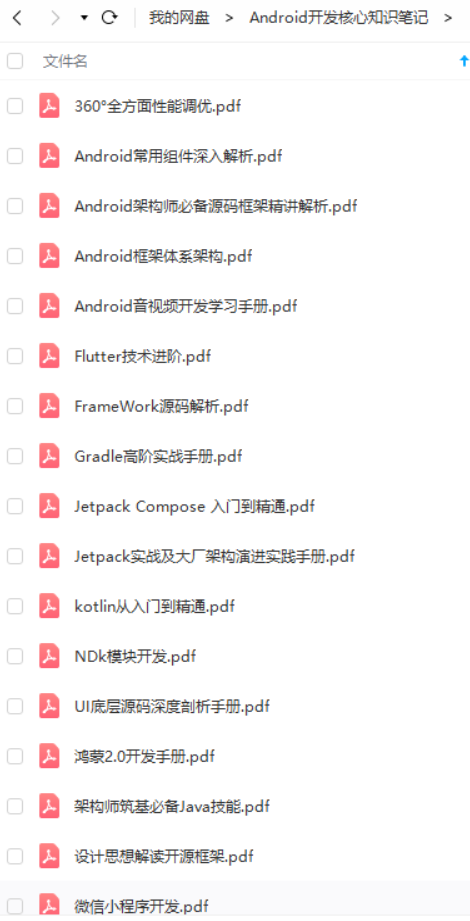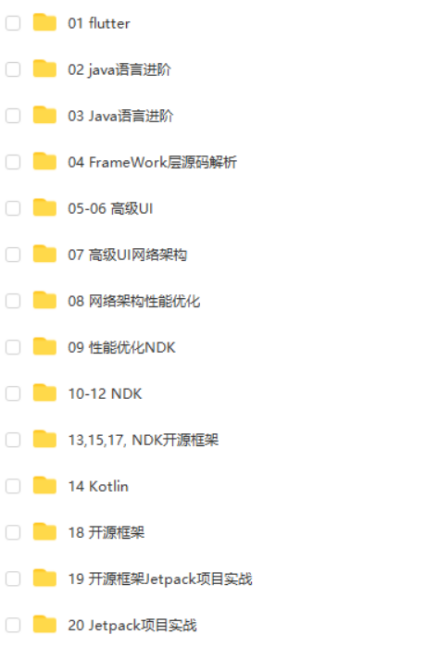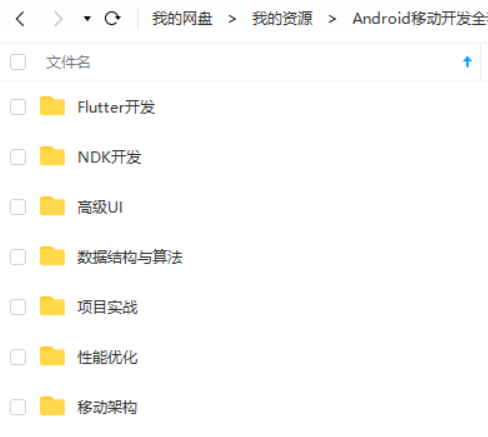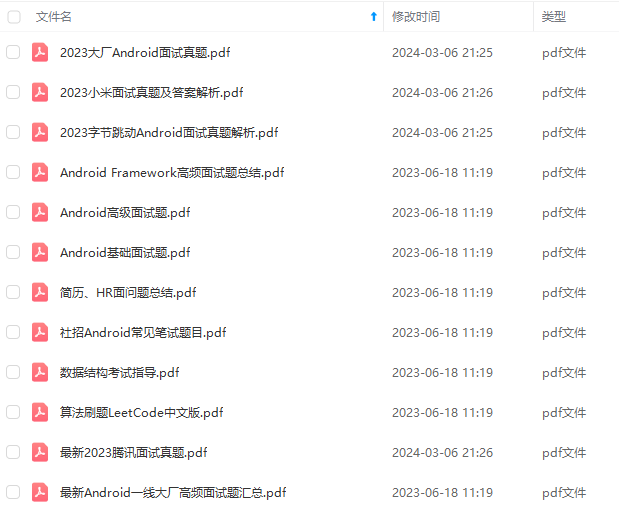private final byte[] mBytes;
/**
-
Returns the advertising flags indicating the discoverable mode and capability of the device.
-
Returns -1 if the flag field is not set.
*/
public int getAdvertiseFlags() {
return mAdvertiseFlags;
}
/**
-
Returns a list of service UUIDs within the advertisement that are used to identify the
-
bluetooth GATT services.
*/
public List getServiceUuids() {
return mServiceUuids;
}
/**
-
Returns a sparse array of manufacturer identifier and its corresponding manufacturer specific
-
data.
*/
public SparseArray<byte[]> getManufacturerSpecificData() {
return mManufacturerSpecificData;
}
/**
-
Returns the manufacturer specific data associated with the manufacturer id. Returns
-
{@code null} if the {@code manufacturerId} is not found.
*/
@Nullable
public byte[] getManufacturerSpecificData(int manufacturerId) {
return mManufacturerSpecificData.get(manufacturerId);
}
/**
- Returns a map of service UUID and its corresponding service data.
*/
public Map<ParcelUuid, byte[]> getServiceData() {
return mServiceData;
}
/**
-
Returns the service data byte array associated with the {@code serviceUuid}. Returns
-
{@code null} if the {@code serviceDataUuid} is not found.
*/
@Nullable
public byte[] getServiceData(ParcelUuid serviceDataUuid) {
if (serviceDataUuid == null) {
return null;
}
return mServiceData.get(serviceDataUuid);
}
/**
-
Returns the transmission power level of the packet in dBm. Returns {@link Integer#MIN_VALUE}
-
if the field is not set. This value can be used to calculate the path loss of a received
-
packet using the following equation:
-
-
pathloss = txPowerLevel - rssi
*/
public int getTxPowerLevel() {
return mTxPowerLevel;
}
/**
- Returns the local name of the BLE device. The is a UTF-8 encoded string.
*/
@Nullable
public String getDeviceName() {
return mDeviceName;
}
/**
- Returns raw bytes of scan record.
*/
public byte[] getBytes() {
return mBytes;
}
private ScanRecordUtil(List serviceUuids,
SparseArray<byte[]> manufacturerData,
Map<ParcelUuid, byte[]> serviceData,
int advertiseFlags, int txPowerLevel,
String localName, byte[] bytes) {
mServiceUuids = serviceUuids;
mManufacturerSpecificData = manufacturerData;
mServiceData = serviceData;
mDeviceName = localName;
mAdvertiseFlags = advertiseFlags;
mTxPowerLevel = txPowerLevel;
mBytes = bytes;
}
/**
-
Parse scan record bytes to {@link ScanRecord}.
-
-
The format is defined in Bluetooth 4.1 specification, Volume 3, Part C, Section 11 and 18.
-
-
All numerical multi-byte entities and values shall use little-endian byte
-
order.
-
@param scanRecord The scan record of Bluetooth LE advertisement and/or scan response.
-
@hide
*/
public static ScanRecordUtil parseFromBytes(byte[] scanRecord) {
if (scanRecord == null) {
return null;
}
Log.e(TAG + “MYX23P”, “进入parseFromBytes”);
int currentPos = 0;
int advertiseFlag = -1;
List serviceUuids = new ArrayList();
String localName = null;
int txPowerLevel = Integer.MIN_VALUE;
SparseArray<byte[]> manufacturerData = new SparseArray<byte[]>();
Map<ParcelUuid, byte[]> serviceData = new ArrayMap<ParcelUuid, byte[]>();
try {
while (currentPos < scanRecord.length) {
// length is unsigned int.
int length = scanRecord[currentPos++] & 0xFF;
if (length == 0) {
break;
}
// Note the length includes the length of the field type itself.
int dataLength = length - 1;
// fieldType is unsigned int.
int fieldType = scanRecord[currentPos++] & 0xFF;
switch (fieldType) {
case DATA_TYPE_FLAGS:
advertiseFlag = scanRecord[currentPos] & 0xFF;
break;
case DATA_TYPE_SERVICE_UUIDS_16_BIT_PARTIAL:
case DATA_TYPE_SERVICE_UUIDS_16_BIT_COMPLETE:
parseServiceUuid(scanRecord, currentPos,
dataLength,16, serviceUuids);
break;
case DATA_TYPE_SERVICE_UUIDS_32_BIT_PARTIAL:
case DATA_TYPE_SERVICE_UUIDS_32_BIT_COMPLETE:
parseServiceUuid(scanRecord, currentPos, dataLength,
32, serviceUuids);
break;
case DATA_TYPE_SERVICE_UUIDS_128_BIT_PARTIAL:
case DATA_TYPE_SERVICE_UUIDS_128_BIT_COMPLETE:
parseServiceUuid(scanRecord, currentPos, dataLength,
128, serviceUuids);
break;
case DATA_TYPE_LOCAL_NAME_SHORT:
case DATA_TYPE_LOCAL_NAME_COMPLETE:
localName = new String(
extractBytes(scanRecord, currentPos, dataLength));
break;
case DATA_TYPE_TX_POWER_LEVEL:
txPowerLevel = scanRecord[currentPos];
break;
case DATA_TYPE_SERVICE_DATA:
// The first two bytes of the service data are service data UUID in little
// endian. The rest bytes are service data.
int serviceUuidLength = 16;
byte[] serviceDataUuidBytes = extractBytes(scanRecord, currentPos,
serviceUuidLength);
ParcelUuid serviceDataUuid = parseUuidFrom(
serviceDataUuidBytes);
byte[] serviceDataArray = extractBytes(scanRecord,
currentPos + serviceUuidLength, dataLength - serviceUuidLength);
serviceData.put(serviceDataUuid, serviceDataArray);
break;
case DATA_TYPE_MANUFACTURER_SPECIFIC_DATA:
// The first two bytes of the manufacturer specific data are
// manufacturer ids in little endian.
int manufacturerId = ((scanRecord[currentPos + 1] & 0xFF) << 8) +
(scanRecord[currentPos] & 0xFF);
byte[] manufacturerDataBytes = extractBytes(scanRecord, currentPos + 2,
dataLength - 2);
manufacturerData.put(manufacturerId, manufacturerDataBytes);
break;
default:
// Just ignore, we don’t handle such data type.
break;
}
currentPos += dataLength;
}
if (serviceUuids.isEmpty()) {
serviceUuids = null;
}
return new ScanRecordUtil(serviceUuids, manufacturerData, serviceData,
advertiseFlag, txPowerLevel, localName, scanRecord);
} catch (Exception e) {
Log.e(TAG, "unable to parse scan record: " + Arrays.toString(scanRecord));
// As the record is invalid, ignore all the parsed results for this packet
// and return an empty record with raw scanRecord bytes in results
return new ScanRecordUtil(null, null, null, -1, Integer.MIN_VALUE, null, scanRecord);
}
}
@Override
public String toString() {
return “ScanRecord [mAdvertiseFlags=” + mAdvertiseFlags + “, mServiceUuids=” + mServiceUuids
-
“, mManufacturerSpecificData=” + ScanRecordUtil.toString(mManufacturerSpecificData)
-
“, mServiceData=” + ScanRecordUtil.toString(mServiceData)
-
“, mTxPowerLevel=” + mTxPowerLevel + “, mDeviceName=” + mDeviceName + “]”;
}
/**
- byte数组转化为string
*/
static final char[] hexArray = “0123456789ABCDEF”.toCharArray();
public static String bytesToHex(byte[] bytes) {
char[] hexChars = new char[bytes.length * 2];
for (int j = 0; j < bytes.length; j++) {
int v = bytes[j] & 0xFF;
hexChars[j * 2] = hexArray[v >>> 4];
hexChars[j * 2 + 1] = hexArray[v & 0x0F];
}
return new String(hexChars);
}
// Parse service UUIDs.
private static int parseServiceUuid(byte[] scanRecord, int currentPos, int dataLength,
int uuidLength, List serviceUuids) {
while (dataLength > 0) {
byte[] uuidBytes = extractBytes(scanRecord, currentPos,
uuidLength);
serviceUuids.add(parseUuidFrom(uuidBytes));
dataLength -= uuidLength;
currentPos += uuidLength;
}
return currentPos;
}
// Helper method to extract bytes from byte array.
private static byte[] extractBytes(byte[] scanRecord, int start, int length) {
byte[] bytes = new byte[length];
System.arraycopy(scanRecord, start, bytes, 0, length);
return bytes;
}
/**
-
转化方法
-
@param uuidBytes
-
@return
*/
public static ParcelUuid parseUuidFrom(byte[] uuidBytes) {
if (uuidBytes == null) {
throw new IllegalArgumentException(“uuidBytes cannot be null”);
}
int length = uuidBytes.length;
if (length != 16 && length != 32 &&
length != 128) {
throw new IllegalArgumentException("uuidBytes length invalid - " + length);
}
// Construct a 128 bit UUID.
if (length == 128) {
ByteBuffer buf = ByteBuffer.wrap(uuidBytes).order(ByteOrder.LITTLE_ENDIAN);
long msb = buf.getLong(8);
long lsb = buf.getLong(0);
return new ParcelUuid(new UUID(msb, lsb));
}
自我介绍一下,小编13年上海交大毕业,曾经在小公司待过,也去过华为、OPPO等大厂,18年进入阿里一直到现在。
深知大多数初中级Android工程师,想要提升技能,往往是自己摸索成长或者是报班学习,但对于培训机构动则近万的学费,着实压力不小。自己不成体系的自学效果低效又漫长,而且极易碰到天花板技术停滞不前!
因此收集整理了一份《2024年Android移动开发全套学习资料》,初衷也很简单,就是希望能够帮助到想自学提升又不知道该从何学起的朋友,同时减轻大家的负担。





既有适合小白学习的零基础资料,也有适合3年以上经验的小伙伴深入学习提升的进阶课程,基本涵盖了95%以上Android开发知识点,真正体系化!
由于文件比较大,这里只是将部分目录截图出来,每个节点里面都包含大厂面经、学习笔记、源码讲义、实战项目、讲解视频,并且会持续更新!
如果你觉得这些内容对你有帮助,可以扫码获取!!(备注:Android)

分享读者
作者2013年java转到Android开发,在小厂待过,也去过华为,OPPO等大厂待过,18年四月份进了阿里一直到现在。
被人面试过,也面试过很多人。深知大多数初中级Android工程师,想要提升技能,往往是自己摸索成长,不成体系的学习效果低效漫长,而且极易碰到天花板技术停滞不前!
我们整理了一份阿里P7级别的Android架构师全套学习资料,特别适合有3-5年以上经验的小伙伴深入学习提升。
主要包括阿里,以及字节跳动,腾讯,华为,小米,等一线互联网公司主流架构技术。如果你有需要,尽管拿走好了。

35岁中年危机大多是因为被短期的利益牵着走,过早压榨掉了价值,如果能一开始就树立一个正确的长远的职业规划。35岁后的你只会比周围的人更值钱。
《互联网大厂面试真题解析、进阶开发核心学习笔记、全套讲解视频、实战项目源码讲义》点击传送门即可获取!
/img2.imgtp.com/2024/03/13/H4lCoPEF.jpg" />
分享读者
作者2013年java转到Android开发,在小厂待过,也去过华为,OPPO等大厂待过,18年四月份进了阿里一直到现在。
被人面试过,也面试过很多人。深知大多数初中级Android工程师,想要提升技能,往往是自己摸索成长,不成体系的学习效果低效漫长,而且极易碰到天花板技术停滞不前!
我们整理了一份阿里P7级别的Android架构师全套学习资料,特别适合有3-5年以上经验的小伙伴深入学习提升。
主要包括阿里,以及字节跳动,腾讯,华为,小米,等一线互联网公司主流架构技术。如果你有需要,尽管拿走好了。
[外链图片转存中…(img-LI9hrMlu-1713198522358)]
35岁中年危机大多是因为被短期的利益牵着走,过早压榨掉了价值,如果能一开始就树立一个正确的长远的职业规划。35岁后的你只会比周围的人更值钱。
《互联网大厂面试真题解析、进阶开发核心学习笔记、全套讲解视频、实战项目源码讲义》点击传送门即可获取!






















 519
519











 被折叠的 条评论
为什么被折叠?
被折叠的 条评论
为什么被折叠?








